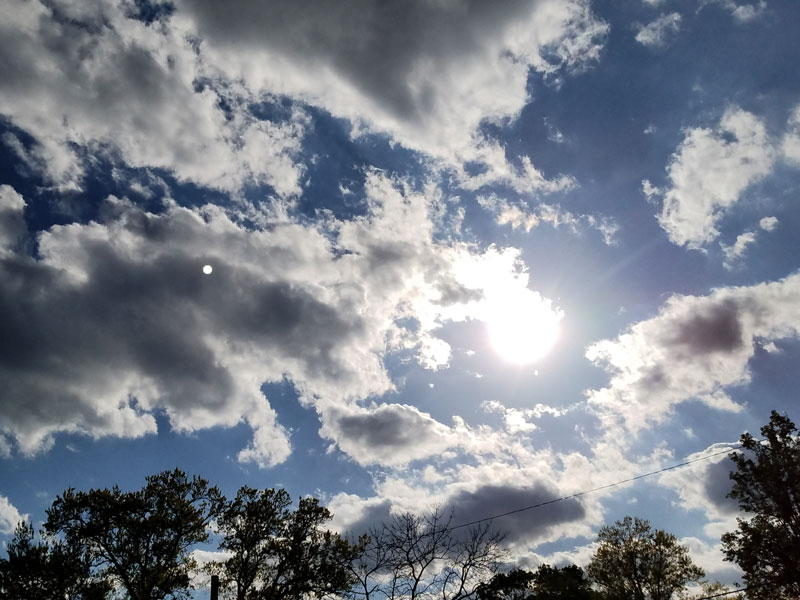While the St. Louis region and cities nationwide are experiencing a decline in the number of overall COVID-19 cases, the staggering toll of the pandemic has driven home to the world the importance of healthy lungs. New research shows that exposure to elevated levels of air pollution is linked to worse health outcomes from COVID-19; however, the health burden of air pollution is not evenly shared as certain populations face a greater risk of illness or even death from breathing unhealthy air.
Several key factors can affect an individual’s level of risk – including where someone lives, where they go to school and where they work – which all greatly impact the amount of air pollution a person is exposed to. Likewise, children, older adults and people with chronic lung or heart conditions may be physically more susceptible to the health impacts of air pollution.
According to the American Lung Association’s latest “State of the Air” report, close to 20.7 million people – or 6.3% of Americans – live in the 13 U.S. counties that failed all three tests for ozone and particle pollution levels. Report findings also reveal that, of those 20.7 million individuals, 14 million are people of color. Communities of color have been hit especially hard by COVID-19 and are disproportionately exposed to unhealthy air, with sources of pollution like power plants, industrial facilities, landfills and highways being deliberately placed in economically disadvantaged communities of color. In general, living in poverty increases the likelihood of being in close proximity to sources of pollution, and thus being more susceptible to respiratory infections.
The uncertainties surrounding the COVID-19 pandemic, including the thousands of survivors who potentially may never regain their full health, raises the danger of a sharp and sudden rise in the number of people living with underlying conditions that put them at increased risk of health harm from air pollution. During the coming summer months when weather conditions create a risk for higher ozone pollution levels and ozone-related health concerns, it is especially important for these individuals and the rest of the population to prioritize lung health by minimizing exposure to air pollution when possible and taking action to reduce harmful emissions that contribute to the problem.
For starters, the Clean Air Partnership releases daily air quality forecasts to let residents know what the air quality is forecast to be during the prime of summer. Signing up to receive the color-coded forecast via email at www.cleanair-stlouis.com helps to ensure St. Louisans know what the next day’s air quality is forecast to be and if they should take precaution by altering their outdoor activities to avoid being exposed to polluted air. Given that transportation-related emissions have always been one of the biggest contributors to air pollution, the Partnership encourages area residents to do their share for cleaner air by telecommuting, choosing not to idle your vehicles, avoiding topping off your gas tank and combining errands into a single trip. Carpooling, ridesharing and taking advantage of the region’s public transit system as people continue transitioning back to the office can also make a big difference in the amount of ozone-forming emissions generated on any given day and improve lung health overall.
For more information and a host of additional tips to help people all across the region breathe easier this summer, visit our website, like the Clean Air Partnership on Facebook or follow @gatewaycleanair on Twitter.

